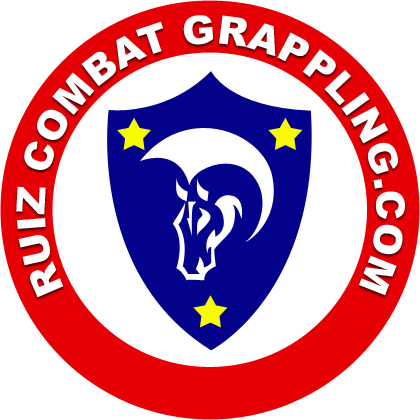lack of skill. They complain that the grappling organization puts too much
emphasis on takedowns or that the rules only give points for a clean sweep.
There are many athletes that downplay various grappling organizations because of
nitpicky details such as these. They pretend that because the rules or referees
aren’t in their favor that somehow the organization must be the one at fault and
that their personal grappling game is much better than what the rules allow.
To me this is absolutely insane. I cannot think of a single organization that
doesn’t have at least some slight variation in how and why they award points.
However I cannot think of a single athlete that would not improve by competing
in all of the various organizations that promote grappling events.
The very essence of competition is to challenge your current ability against
that of another athlete of equal or greater skill to determine your current
quality. It is the real time problem solving that must take place in the face of
opposition, regulations and adversity that is the test of character, skill and
physicality of the athlete. Understanding this is an integral part of becoming a
better competitor.
Today’s grappling athletes live in a unique time where there are multiple
world level organizations that promote several events throughout each calendar
year. There are amazing opportunities to grapple here in the US and also
overseas. I encourage you to take advantage of as many different flavors of
grappling as you can.
I often think of the Machado brothers, early pioneers of Brazilian Jiu Jitsu,
and how they competed in as many varied types of grappling styles as they could.
In their formative competitive years they didn’t have the luxury of choosing
from hundreds of different competitions in gi and no gi every year. They didn’t
have the ease of online searching for tournaments. They competed in everything
they could enter; wrestling, Brazilian Jiu Jitsu, Judo, Sambo and Eskrima just
to name the ones I’m familiar with.
This type of willingness to explore and adapt their grappling abilities and
applications helped the Machados become not only the best in Jiu Jitsu and
Grappling but the best in the world as martial artists. They came to understand
more applications for their art and developed it in a way that others could not
match. If you are unwilling to lose they you will never have the same level of
richness to your art as someone that is willing to take the risk.
If you haven’t competed take the plunge and start competing. If you are a
competitor be bold and try out a new grappling organization that you may have
previously neglected. Try training and competing in a completely different
grappling style than you are used to.
Do not let how the rules are regulated and the officiating dictate your
development as an athlete. Learn to work within the rules and use your skills to
their greatest advantage. Be an explorer. Be a pioneer. Be willing to make big
strides in your journey of grappling.
 RSS Feed
RSS Feed

